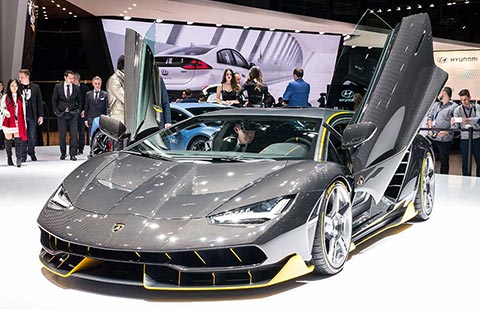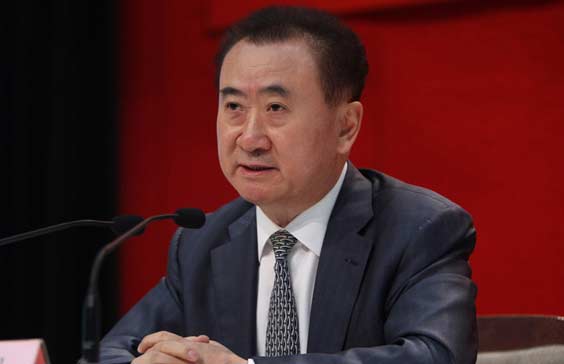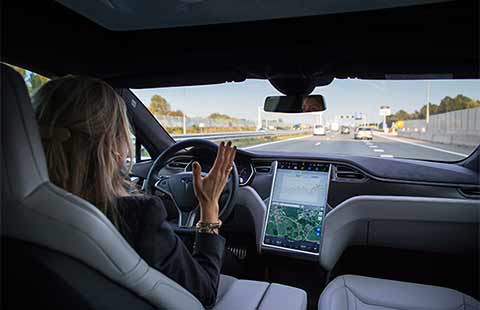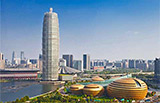Supply-side reform a recipe for China's economic rebalancing
(Xinhua) Updated: 2016-02-23 15:06Growth fueled by investment and exports cannot last due to mounting local government debt and weakening global demand. Traditional industries, plagued by excess factory capacity and falling productivity, are losing steam, while emerging ones are not prepared to grab the baton.
Demand-side support, such as investment stimulus, has become less effective as China's most pressing economic issues lie on the supply side, said Li Zuojun, a researcher with the State Council Development Research Center, a government think tank.
As an example, Chinese shoppers flocked to Japan to buy heated toilet seats last year, indicating a supply-demand imbalance rather than a lack of money or willingness to spend, Li said.
Despite a shortage of some products, supply gluts have been seen in sectors including manufacturing, coal and steel.
The economy urgently needs a new strategy.
Supply-side reform will advance economic restructuring by reducing ineffective and low-end supply, and boost productivity by expanding medium-to-high-end supply, President Xi Jinping said.
Ren Zeping, chief macro analyst at Guotai Junan Securities, said given weakening labor advantages and a property downturn, the economy will likely experience a V-shaped movement, which requires reforms on the supply-side to refuel growth.
In addition to industrial upgrades, overcapacity reduction and support for emerging sectors are also priorities on the government's agenda, said Xu Shaoshi, head of the National Development and Reform Commission, the top economic planner.
The government has stepped up efforts to slash excess production capacity in saturated sectors, announcing in early February that another 150 million tons of steel capacity and 500 million tons of coal capacity will be shut down from 2016 to 2020.
The European Chamber of Commerce in China lauded the country's efforts to cut overcapacity in a report on Monday, but urged more reforms and bold actions to address the problem. The report identified eight fields with the most excess capacity: crude steel, electrolytic aluminum, cement, chemicals, refining, flat glass, shipbuilding, as well as paper and paperboard.
Sainty Marine Corp became the country's first listed shipbuilder to apply for bankruptcy and reorganization after its application was accepted by authorities last week. The company posted huge losses for two consecutive years as the shipbuilding industry struggled.
However, emerging sectors, inspired by government support for innovation and entrepreneurship, have developed rapidly, accounting for 8 percent of GDP.
Chinese homegrown smartphone makers Huawei and Xiaomi have taken the lion's share of the market. Services ranging from car cleaning to manicures can be easily booked via mobile apps as (Online-to-Offline) O2O commerce develops, and new energy vehicles are rolling out of assembly lines at an unprecedented pace.
The boom in telecommunications, high-tech manufacturing, e-commerce, new energy and other emerging industries indicates that China's growth is transforming from an export- and investment-led model to a consumption- and service-oriented one, according to economists.
Premier Li said China will speed up fostering of new growth engines, which will be key to supply-side structural reform.
"While traditional growth engines have lost their luster, fresh ones are rising, which guarantees a promising future for the Chinese economy," said Li Daokui, an economics professor at Tsinghua University.
- Work starts on Airbus A330 completion center in Tianjin
- 'Zero down-payment' policy a flash in the pan
- JD.com reports 58% revenue growth
- Money is no object for buyers of super-luxury apartments
- Moody's changes China's debt outlook to 'negative'
- Devaluation not in China's interests: PBOC vice-governor
- Volvo vows to boost profit margin to complete revamp of company
- Is China running out of policy options?
















